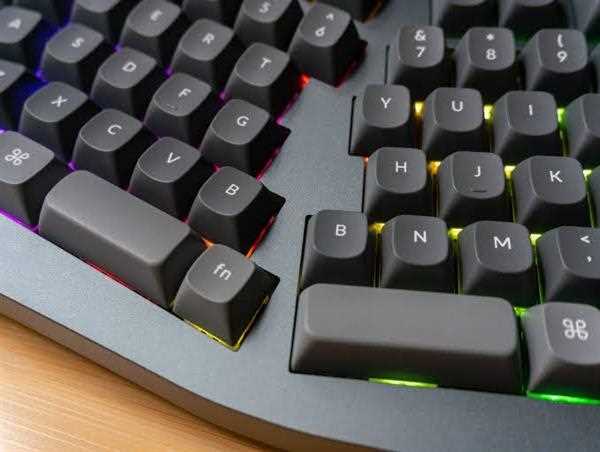
The Keychron Q10 is a great mainstream Alice keyboard
Consider a keyboard that has been split in half, rotated slightly, had the outer columns slightly bent backwards, and then been reassembled. That is Alice; it was called after the TGR Alice, a 60% keyboard created by Malaysian designer Yutski that was offered as a group buy in 2018 and sparked a plethora of copies, variations, and spinoffs.
The Q10 is not nearly a split keyboard and it is not exactly an ergonomic keyboard, just like other Alice boards. The tenting, angle, and independent positioning of the parts are all inaccessible. You can't actually maintain shoulder-width separation between your forearms so that they are parallel to one another.
Additionally, the Q10 in particular is somewhat tall. However, because it allows you to keep your wrists at a more neutral angle to your forearms, it's a little more comfortable than a regular keyboard. The Q10, which costs $195 without keycaps and switches or $215 with them, is an incredible bargain.
If you envision a high-end keyboard as having features like 'gasket mount' and 'milled aluminium chassis,' then Keychron's Q series succeeds in making an off-the-shelf mechanical keyboard feel like one.
It is gasket-mounted, same like the other Q-series boards, with the switch plate resting on strips of squishy foam sandwiched between the top and bottom frames. The entire assembly has a wonderful bounce because to this: if you press down on any key hard enough, you can see all the other keys move downward in unison and rebound back up.
The top and bottom frames are separated by tiny silicone bumpers to avoid metal-on-metal contact, which further reduces vibration and gets rid of the high-pitched ping that solid-aluminum cases frequently have. Between the switch plate and PCB is a layer of sound-absorbing foam. The stabilisers are less lightly lubricated than the switches.
The Q10 feels and sounds fantastic when equipped with the OEM keycaps and Gateron Pro Red switches. Although it's not completely silent, the keycaps clicking against the switch plate produce the most of the noise. There is absolutely no ping or resonance. Because they are the same size as standard Shift keys, even the space bars, which are often the loudest keys on any keyboard, are relatively quiet.


